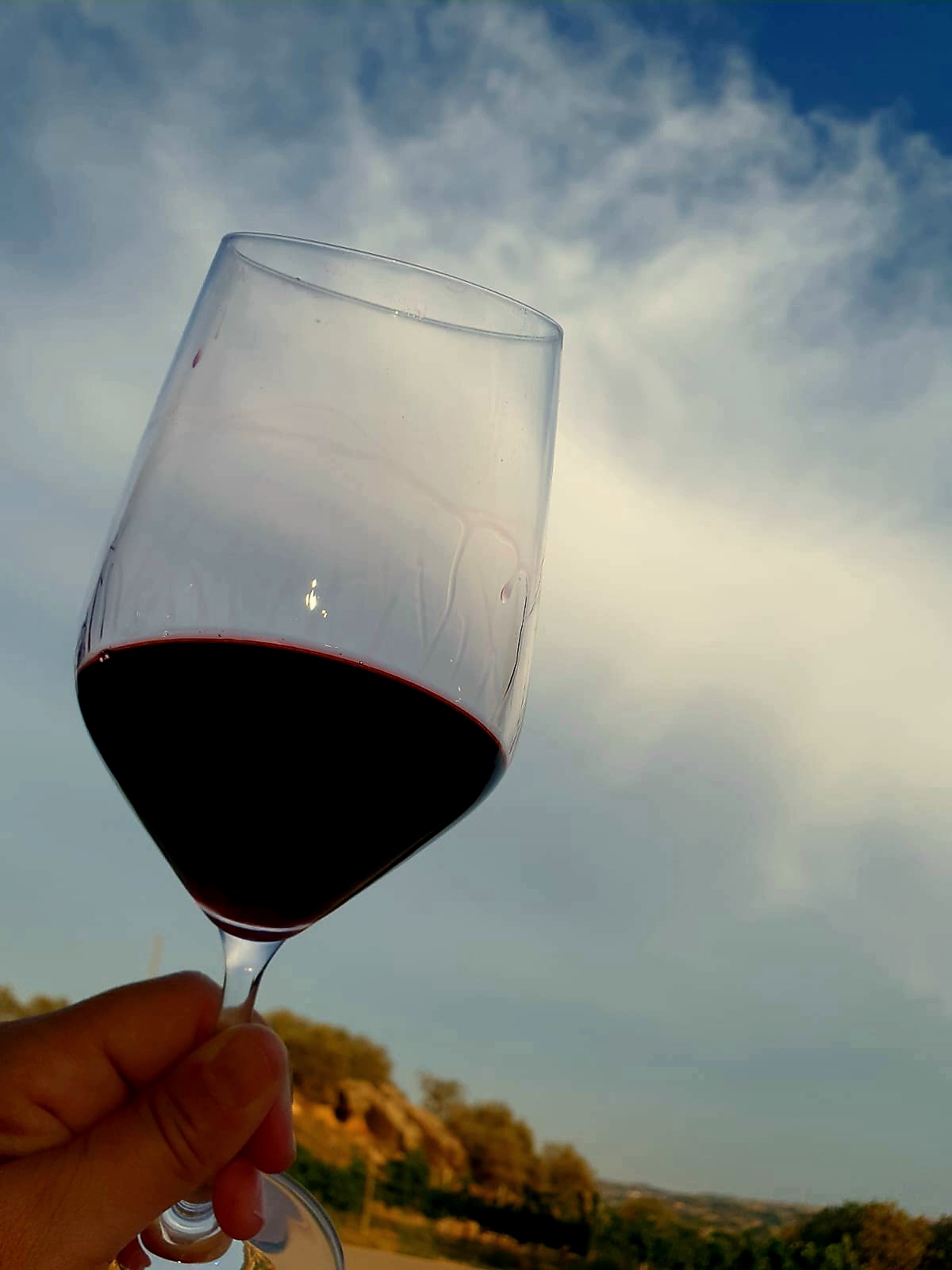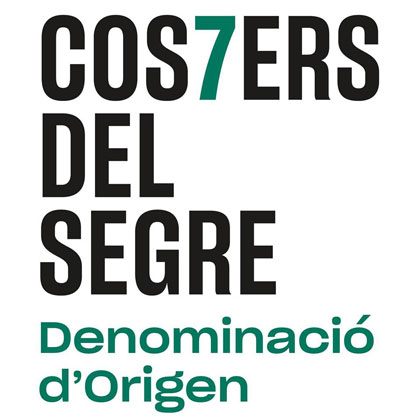We call tears of wine the path that the wine leaves on the walls of the glass. This path forms a groove in the glass, similar to that of a tear pouring down the cheek, hence the name.
Have you ever wondered why expert tasters shake the glass before tasting the wine?
This "ritual" is performed to check these tears, thanks to the vertical columns that are generated in the glass. But what information do these "traces" provide us?
We are in the visual phase of wine tasting when, by correctly observing the tears in the wine in the glass, we can obtain relevant information about the organoleptic characteristics of the wine before tasting it. Thanks to them we can appreciate the fluidity of the wines that we will taste as well as the degree of alcoholic components that it contains. The greater the presence of tears, we will be facing more unctuous wines, with more body and a silky texture on the palate. However, the tear is only a first step. To fully discover the qualities of the wine, it is necessary to taste it.

What factors affect the tear of the wine?
Why do some wines have more tears than others? This fact is directly related to the alcoholic strength of each one. This graduation is made up of two different types of alcohol: ethanol and glycerol. Ethanol, the one with the greatest presence, makes the tear more intense and persistent. On the other hand, glycerol, even less abundant than ethanol, is responsible for giving the unctuousness to the wine and, therefore, to the tear.
For example, a dense tear that slides slowly over the wine glass is synonymous with a full-bodied wine that is unctuous and has a lot of alcohol. On the other hand, a lighter tear that falls quickly tells us that we are dealing with a wine with little body and low alcohol content.
However, not everything depends on alcohol. There are other external circumstances that do not depend on the wine as such. The temperature, the state of the glass in which we will taste the wine, if there are traces of detergents... All this can affect the tear of the wine and give us wrong information.
With all this we must be clear that when we hear that a wine has "good tears" it means that we are dealing with a wine with volume and a characteristic unctuousness.
We hope you have learned a little more about wine tasting and that if you liked this post, share it.





